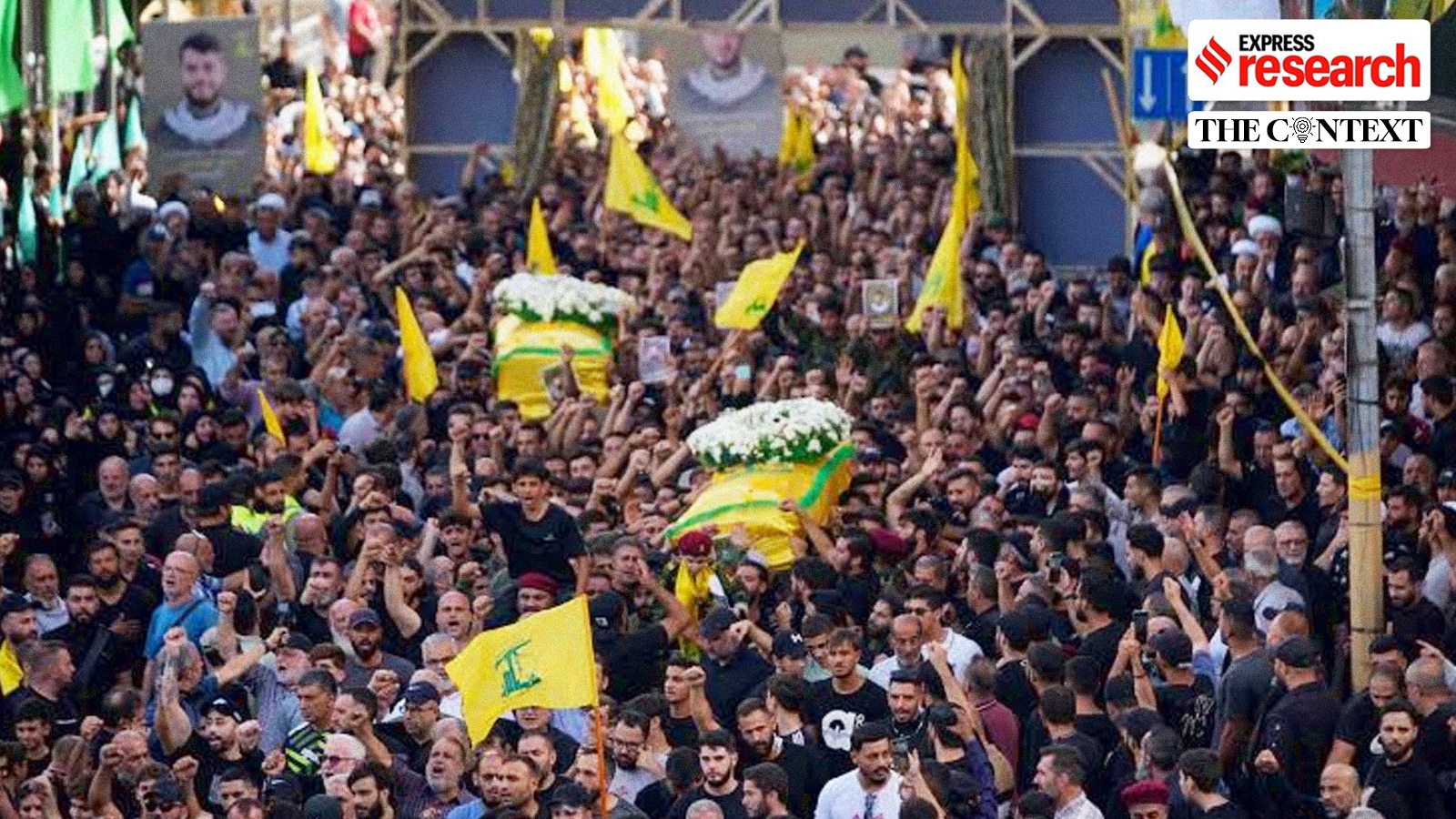 |
|
The ongoing conflict between Israel and Hezbollah is deeply rooted in the history of South Lebanon, specifically the protracted and bloody struggle that spanned from 1985 to 2000. This period, often overshadowed by other Middle Eastern conflicts, played a pivotal role in shaping Hezbollah's transformation from a small militia into a powerful non-state actor in the region. The origins of the conflict can be traced back to the 1960s and 1970s, when displaced Palestinians, including militants affiliated with the Palestine Liberation Organization (PLO), began settling in South Lebanon. Tensions between these Palestinians and Christian militias escalated into a civil war in Lebanon, fueled by Soviet support for the Arabs and American support for the Christian coalition. During this period, Palestinian groups used Southern Lebanon as a launching pad for attacks on northern Israeli towns.
In response, Israel, aiming to create a buffer zone to safeguard its northern border, launched an attack on southern Lebanon in 1978. This action marked the beginning of a prolonged military involvement that would profoundly impact the region. Four years later, Israel initiated a full-scale invasion of Lebanon, aiming to expel the PLO entirely. This operation culminated in an invasion of Beirut, escalating the conflict significantly. By 1985, Israel withdrew from most of Lebanon, but maintained a 15-20 kilometer wide security zone in South Lebanon, ostensibly to prevent cross-border attacks. This zone was patrolled by the South Lebanon Army (SLA), a Christian militia aligned with Israel. However, the occupation, initially intended as a temporary measure, evolved into a lengthy entanglement, igniting resistance from various Lebanese groups, particularly Hezbollah.
Hezbollah, a Shia Islamist movement, emerged in the early 1980s during the chaos of Lebanon's civil war, as a direct response to the Israeli occupation. The group received significant support from Iran, which saw an opportunity to export its revolutionary ideals and challenge Israel's regional dominance. Initially, Hezbollah focused on resisting the Israeli occupation in South Lebanon. However, as its strength grew, its objectives expanded to include the establishment of an Islamic state in Lebanon, aligned with the Iranian model, and opposition to Western influence in the region. Hezbollah, under the leadership of Hassan Nasrallah, rapidly organized itself both militarily and socially. The group's ability to provide essential social services, such as healthcare and education, won it widespread support among Lebanon's marginalized Shia population, particularly in South Lebanon. This grassroots base allowed Hezbollah to transcend its status as a militia and evolve into a broader political movement.
Hezbollah's military wing employed guerrilla tactics, including ambushes, roadside bombs, and rocket attacks, to relentlessly harass Israeli and South Lebanon Army forces. These actions escalated the conflict, turning it into a war of attrition. A pivotal moment in this protracted struggle occurred in 1996 during an Israeli military operation known as 'Grapes of Wrath'. This operation aimed to suppress Hezbollah's rocket fire, but resulted in heavy civilian casualties, particularly in the village of Qana, where over 100 Lebanese civilians were killed in a UN compound. This incident drew widespread international condemnation. Hezbollah's strategy of using civilian areas for military operations presented a significant challenge for Israel. Retaliating without causing collateral damage proved difficult, leading to a public relations disaster for Israel and, paradoxically, enhancing Hezbollah's legitimacy in the eyes of many Lebanese.
By the late 1990s, the Israeli presence in South Lebanon had become politically and militarily unsustainable. Israeli soldiers were frequently targeted by Hezbollah, and the Israeli public grew increasingly weary of the occupation. The conflict, no longer perceived as essential to national security, was seen as a drain on resources and lives. Hezbollah, leveraging its guerrilla tactics, transformed the occupation into a war of attrition. Despite Israel's superior firepower, Hezbollah's resilience left the Israeli government with limited options. The high costs imposed on Israeli forces by Hezbollah ultimately led to Israel's withdrawal in 2000. This decision, made unilaterally without a peace treaty, was a major psychological and strategic victory for Hezbollah, which swiftly claimed that its resistance had successfully expelled Israel.
The withdrawal marked the end of a 15-year occupation, but the scars of the conflict remained. Hezbollah emerged from the conflict with not only enhanced military capacity but also a well-established political arm that has since become a powerful player in Lebanese governance. The group's success in South Lebanon served as an inspiration for other militant groups across the region. Hezbollah's tactics, particularly its guerrilla warfare and rocket attacks, were later adopted by Palestinian groups in Gaza and other Iranian-backed militias. The legacy of the South Lebanon conflict extends beyond Hezbollah. Israel's experience in Lebanon profoundly shaped its military and political strategies. The trauma of the long occupation and the challenges of confronting a non-state actor like Hezbollah contributed to Israel's reluctance to reoccupy Lebanese territory in future conflicts. Instead, Israel has opted to rely on airstrikes and short-term incursions.
The 1985-2000 South Lebanon conflict was not merely a localized struggle between Israel and Hezbollah. It was a pivotal chapter in the broader Middle Eastern narrative, demonstrating the capacity of non-state actors to exert influence over regional politics and security. The ramifications of this conflict continue to reverberate, shaping the volatile relationship between Israel and Hezbollah and leaving a lasting impact on Lebanon's political landscape. The conflict's legacy serves as a reminder of the complex interplay between international politics, regional power struggles, and the rise of non-state actors in shaping the modern Middle East.
Source: How the Israel-Hezbollah war can be traced to a 15-year conflict in South Lebanon
